Re: Downton Abbey
woodnymph2_gw
7 years ago
Related Stories
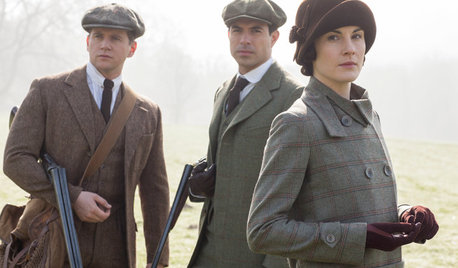
LIFEA Month-by-Month Guide to ‘Downton Abbey’ Withdrawal
Missing Lady Grantham’s zingers? Edith’s furrowed brow? Romance simmering downstairs? Here’s help to get you through until season 6
Full Story
FUN HOUZZEverything I Need to Know About Decorating I Learned from Downton Abbey
Mind your manors with these 10 decorating tips from the PBS series, returning on January 5
Full Story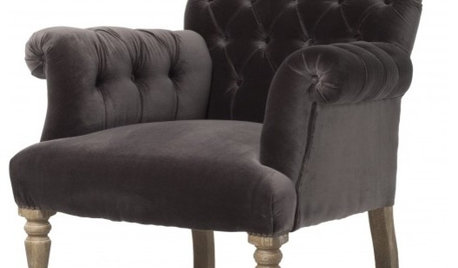
PRODUCT PICKSGuest Picks: Inspired by Downton Abbey
Add a nod to Edwardian style with upholstered furniture, damask prints and bone china
Full Story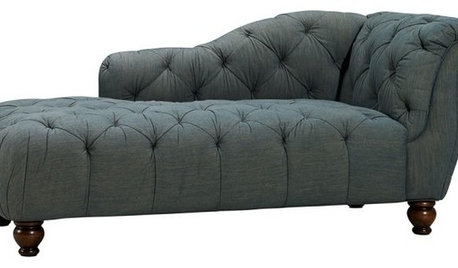
PRODUCT PICKSGuest Picks: ‘Downton Abbey’ Looks That Look Great Today
These modernized versions of high-society favorites will serve you well all around your own manse
Full Story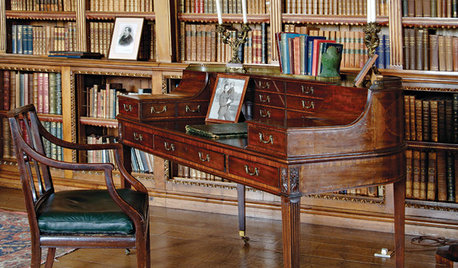
SHOP HOUZZShop Houzz: ‘Downton Abbey’ Decor
From tea with Lord Grantham to making a soufflé with Daisy, bring some Downton style home
Full Story0
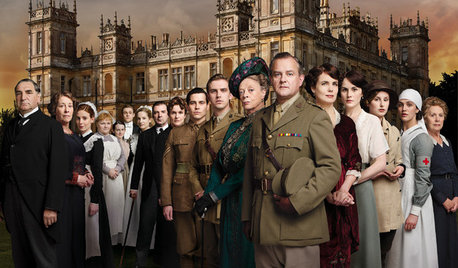
DECORATING GUIDESAdd a Dash of Downton Abbey Style
Oh, for a stroll through those gardens and a listen at the parlor door. Amid the opulence and intrigue, we find a few ideas to take home
Full Story
HOUSEKEEPING10 Chores You Can Whip Through During Commercials
Use ad time for getting tasks done, and it’s like fast-forwarding your house into cleanliness
Full Story
DECORATING GUIDES9 Lessons We Can Learn From Drawing Rooms
Let these formal rooms inspire you to create entertaining spaces that encourage conversation, music and games
Full Story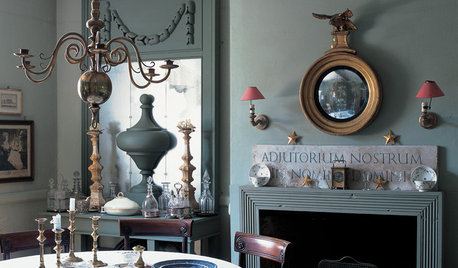
DECORATING GUIDESSecrets of a Quintessential English Home
Learn to design like a native of England with the newest book by British design maven Ros Byam Shaw
Full Story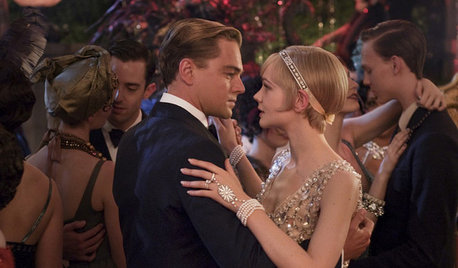
TRAVEL BY DESIGN'Great Gatsby' Style: 9 Inspiring Art Deco Escapes
Kick up your heels at a jazzed-up room across Europe or the U.S., then bring your favorite 1920s design ideas home
Full Story



carolyn_ky
vee_new
Related Discussions
Downton Abbey Fans - tonight at 9pm
Q
Anyone watching 'Downton Abbey' on PBS?
Q
Downton Abbey
Q
Downton Abbey
Q